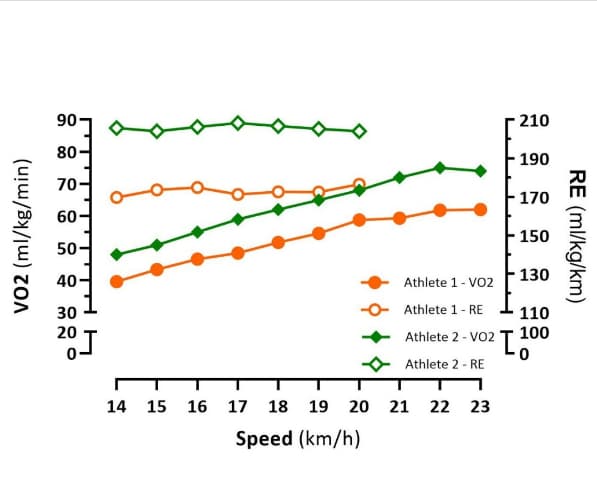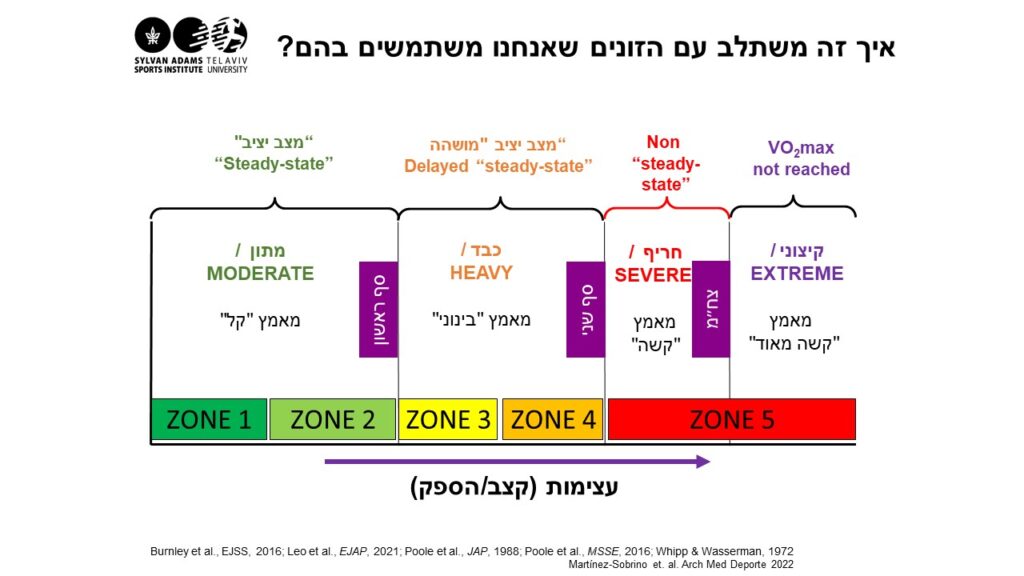There are many words surrounding “lactate”, especially disorders.
So, we are here to sort you out and explain how lactate relates to your performance.
Let’s start with some science – lactate and what is mistakenly called “lactic acid” is a substance created as part of the energy production process in the cell. In short, lactate is a type of carbohydrate breakdown product (under certain conditions), which can continue to break down within the aerobic pathway in the cell where it was created. At the same time, it knows how to leave the cell and move to other cells in the body such as muscles, heart, brain, kidneys, etc. that also know how to use it for energy production or turn it back into glucose (in the liver).
How does lactate relate to performance?
As part of endurance performance, we are interested in operating at the highest average rate over time to reach our potential. The intensity of our lactate threshold can direct us to the appropriate training and competition rates according to our current fitness level. As part of prolonged endurance performance (more than 30 minutes approximately), one of the significant variables that will determine our ability to perform is our “lactate threshold” – studies have shown that among trained runners the factor that predicted their performance was their “lactate threshold” pace.

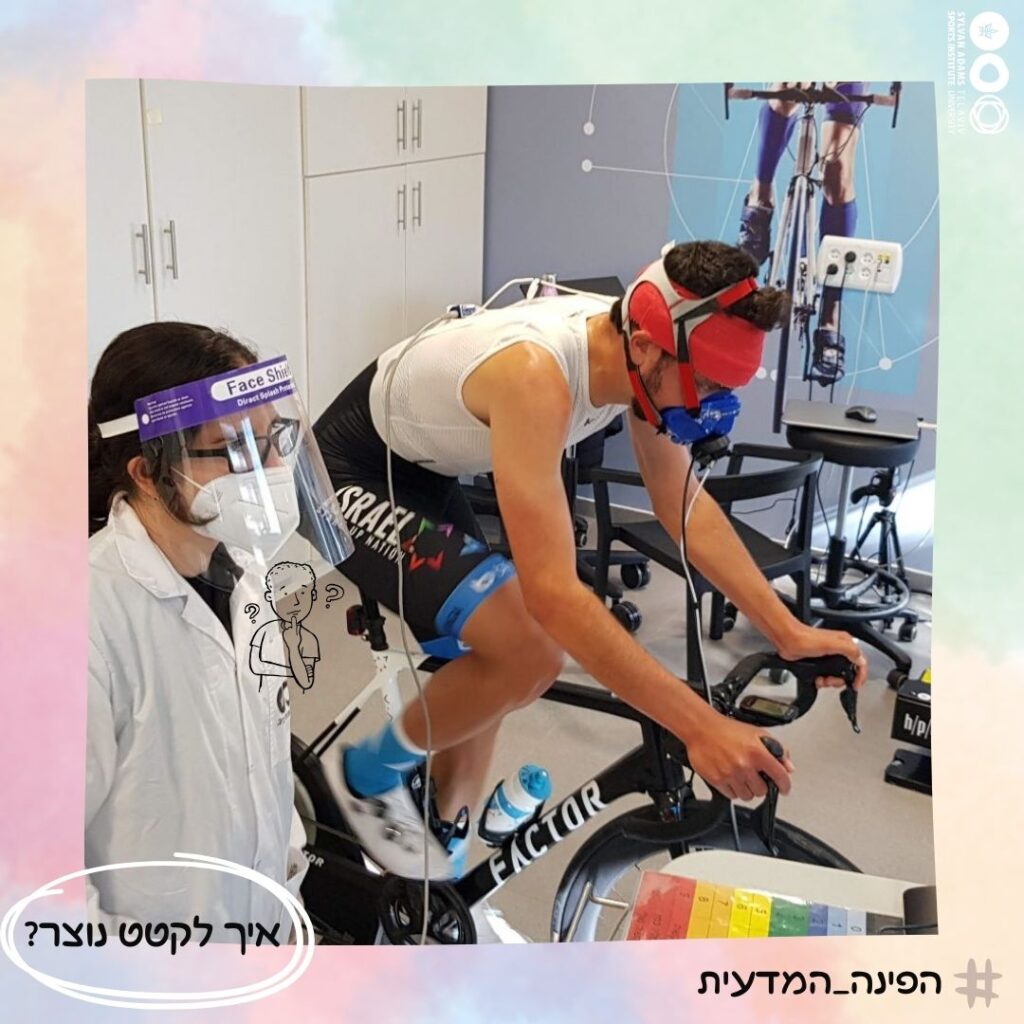
How is Lactate Formed?
Lactate is created in the cell when two hydrogen ions are added to a carbohydrate called pyruvic acid (or pyruvate). The hydrogen ions are produced as part of the energy production process in the cell. When their concentration is high, an acidic environment is created in the cell which can cause damage to the cell’s ability to function, impaired nerve impulse transmission, reduced muscle contraction ability, and increased pain sensation. The formation of lactate allows the cell to reduce its acidity level and maintain activity.
Why Check the Lactate Threshold and How Accurate Is It?
At any given moment, the cell produces lactate as part of its energy production process. Some lactate remains in the cell for energy creation, while some enters the bloodstream and reaches other cells in the body. The ability of lactate to leave the cell and enter the blood depends on the lactate concentration in the blood, following a “concentration cascade”: Increased activity intensity (e.g., faster running, swimming, cycling) leads to increased lactate production in the cell. This also increases the rate of lactate removal from the cell into the blood, raising the blood lactate level. As the gap between cellular and blood lactate concentrations decreases, the rate of lactate removal from the cell slows down, causing cellular lactate levels to rise and impairing the cell’s ability to control acidity. Increased cellular acidity leads to fatigue, requiring a reduction in activity rate.
The “lactate threshold” is the highest activity rate (swimming speed, cycling power, or running rate) at which the blood lactate level remains stable over time – i.e., the rate of lactate production and entry into the blood equals the rate of lactate “removal” from the blood.
However, determining the “lactate threshold” is not simple. Over the years, numerous tests have been developed, each using different methods to determine the “threshold” – from simple mathematical formulas to more complicated ones, methods using absolute blood lactate values (e.g., “4 millimolar”) or a predefined increase in lactate concentration (“1 millimolar above resting values”). Each method will locate the threshold at different speeds/power levels for the same athlete. Additionally, different test protocols (duration of each step and intensity increments) will change the threshold even if the same method is used.
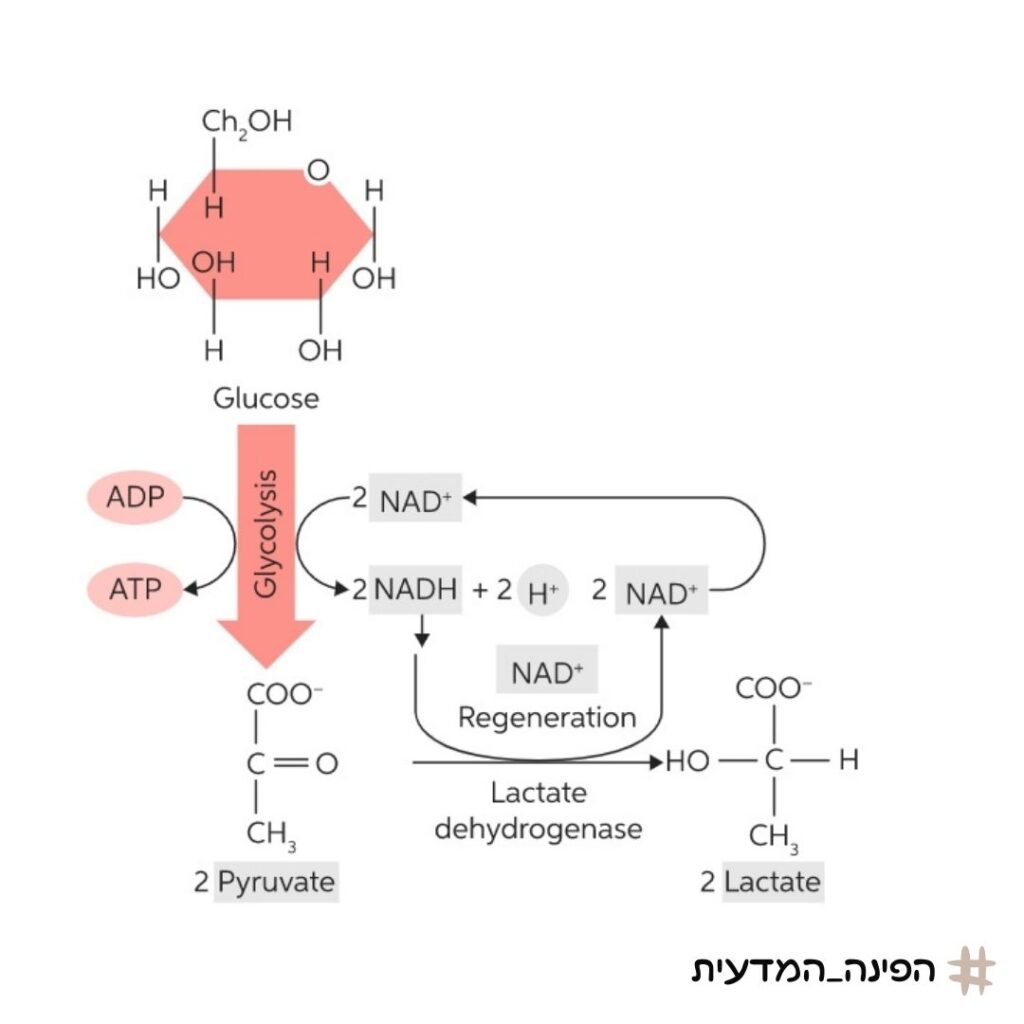
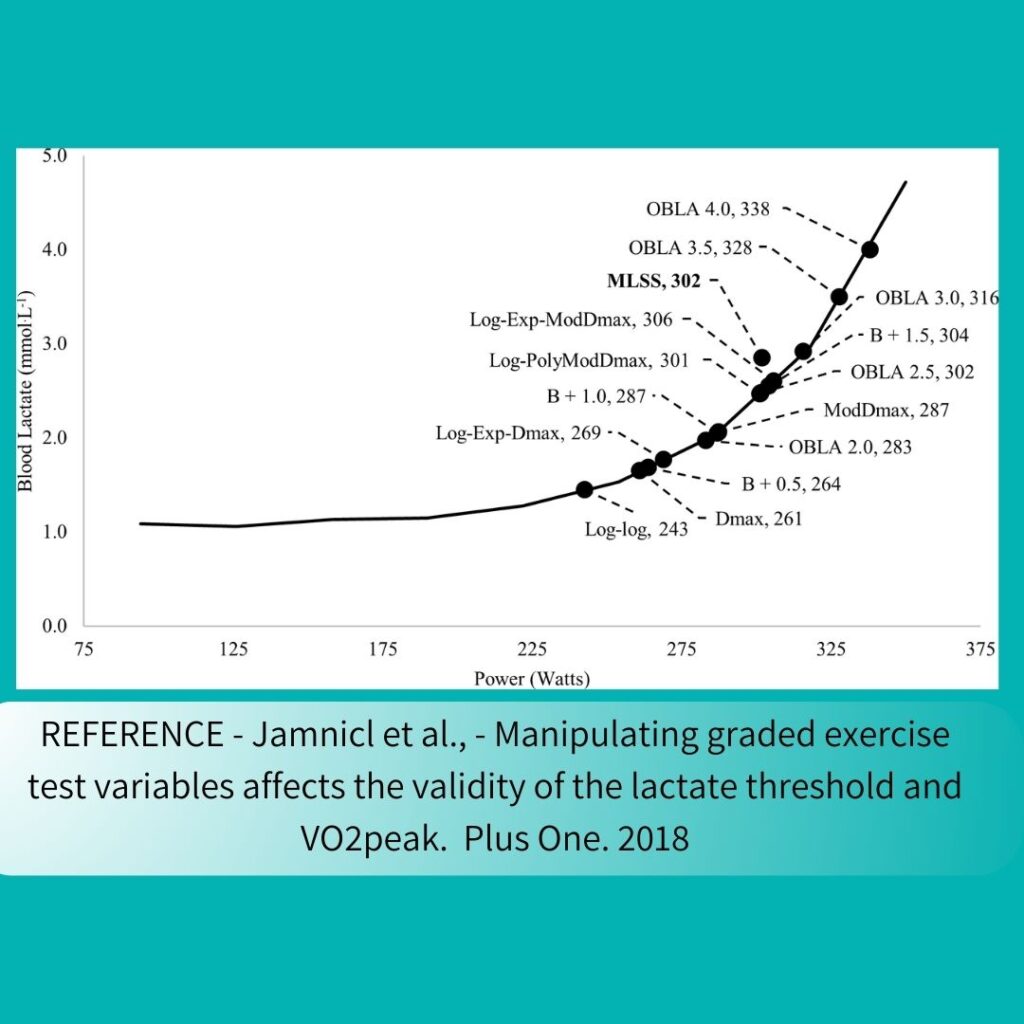
Want to Improve Performance?
After understanding what lactate is and why it’s important, let’s apply the theory. For endurance performance over about 30 minutes, we are interested in operating at the highest average rate over time in order to reach our potential. One of the significant variables that will determine our ability to perform is the intensity at which lactate begins to accumulate without stabilization.
The intensity of our lactate threshold can direct us to the training and competition rates that suit us according to our current fitness level. However, this method may locate the thresholds at inaccurate rates/intensities, and it is generally less pleasant for the test subject due to the finger prick required for blood sampling.
On the other hand, using tests based on other physiological data, such as respiratory indices, allows for accurate determination of “thresholds” that separate different intensity zones, without the need for an invasive procedure.

